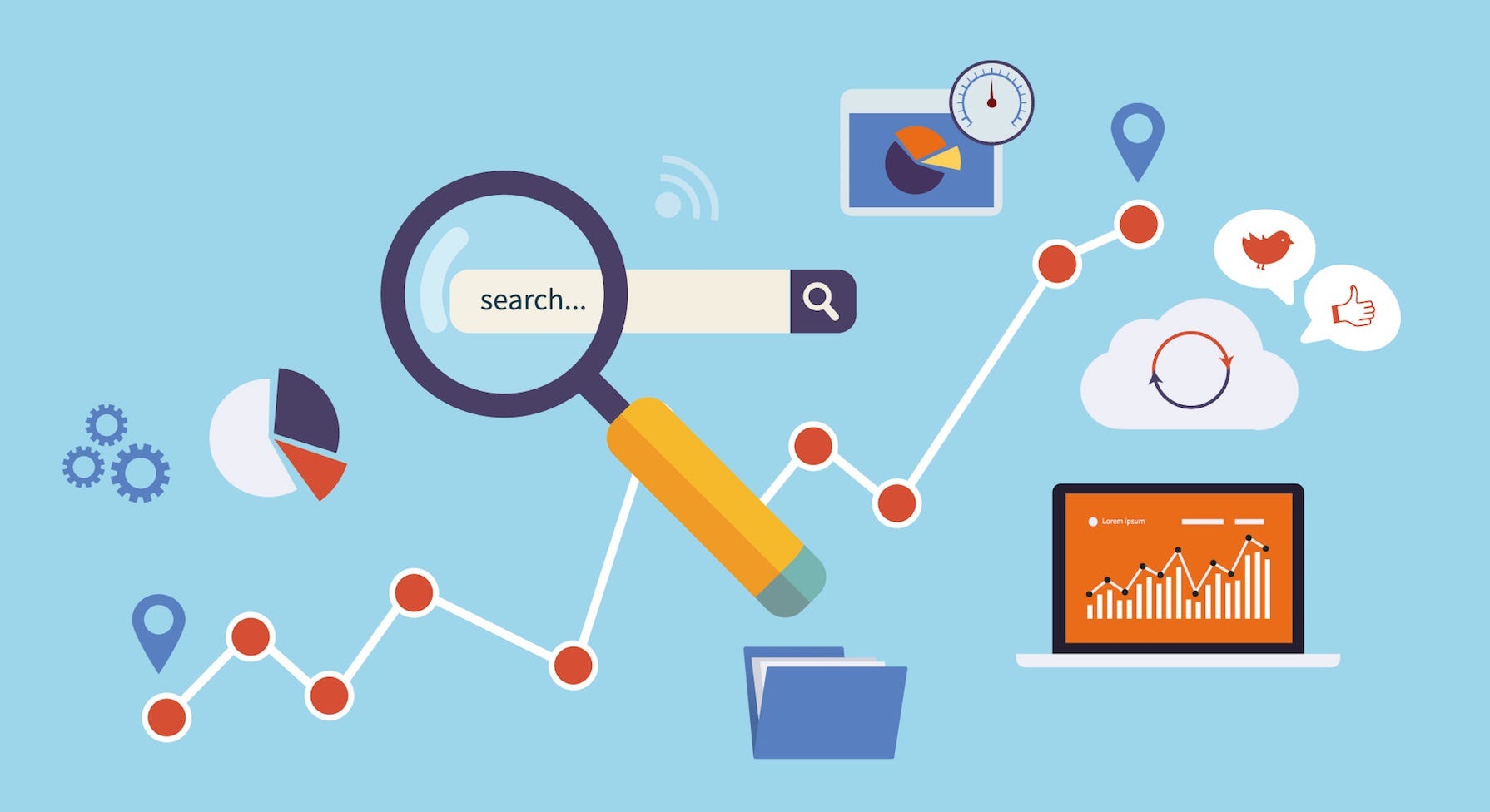
In the digital landscape, images play a crucial role in enhancing user experience, improving engagement, and making content visually seo appealing. However, when images are not properly optimized, they can negatively impact your website’s SEO and page speed. Slow-loading pages not only frustrate users but can also harm your rankings on search engines like Google. By optimizing images for SEO, you can improve your website’s performance, boost load times, and increase your chances of ranking higher in search results. This article will guide you through the process of optimizing images for SEO and page speed to ensure that your site delivers an excellent user experience and performs well on search engines.
1. Choose the Right Image Format
One of the first steps in image optimization is selecting the correct image format. Different image formats have varying levels of quality and file size, which can affect both loading times and SEO. The three most common image formats are JPEG, PNG, and WebP. JPEGs are ideal for photographs or images with many colors, as they maintain high quality with relatively small file sizes. PNGs are perfect for images that require transparency or simple graphics, but they often have larger file sizes than JPEGs. WebP is a newer image format that provides high-quality images with smaller file sizes than both JPEG and PNG, making it a great choice for improving page speed. Choosing the right format based on the type of image you’re using can significantly impact your page speed and SEO.
2. Compress Images Without Sacrificing Quality
Image compression is a critical step in reducing file size and improving page load times without compromising visual quality. Large, uncompressed images can slow down your website, leading to higher bounce rates and lower user engagement. Fortunately, there are several tools available to help compress images effectively while maintaining their quality. Tools like TinyPNG, ImageOptim, and Photoshop’s “Save for Web” feature allow you to reduce file sizes without noticeable loss of detail. For websites that require high-quality images, consider using lossless compression, which preserves the image’s original quality. By compressing images, you’ll improve your page speed, and search engines like Google will reward you with higher rankings, as faster pages provide a better user experience.
3. Use Descriptive File Names and Alt Text
Optimizing your images for SEO goes beyond just reducing file sizes. Search engines cannot “see” images in the same way that humans can, so it’s essential to provide descriptive file names and alt text for each image. Start by naming your image files with relevant keywords that describe the content of the image. Instead of using generic names like “image1.jpg” or “photo.png,” use descriptive names such as “organic-coffee-beans.jpg” or “downtown-new-york-skyline.png.” Additionally, alt text is a crucial component of image optimization, as it helps search engines understand what the image is about. Write clear, concise, and keyword-rich alt text that accurately describes the image’s content. This not only improves accessibility for visually impaired users but also helps your images appear in Google’s image search, potentially driving more traffic to your site.
4. Implement Lazy Loading for Faster Page Load Times
Lazy loading is a technique that defers the loading of images until they are needed, typically when they come into the user’s viewport (the visible area of the browser). This means that images below the fold (those not immediately visible when the page loads) aren’t loaded until the user scrolls down to them. Implementing lazy loading can significantly improve page speed, especially for image-heavy websites. By only loading images that are in view, you reduce the number of requests the browser needs to make, speeding up the initial page load. Lazy loading can be implemented using JavaScript or with plugins for CMS platforms like WordPress. This technique is particularly effective for long pages or e-commerce websites with many product images, improving user experience and SEO performance.
5. Optimize Image Dimensions and Responsive Design
Another critical aspect of image optimization is ensuring that images are appropriately sized for the context in which they are used. Large images that are displayed in smaller containers can unnecessarily increase page size, slowing down your site. To avoid this, make sure you resize your images to fit the exact dimensions needed for each webpage. Tools like Adobe Photoshop or online image editors can help you resize images while maintaining quality. Additionally, implementing responsive images ensures that the correct image size is served to different devices, improving load times for mobile users. Using the “srcset” attribute in HTML allows you to specify different image sizes for different screen resolutions, ensuring that mobile and tablet users receive appropriately sized images that won’t slow down their devices. Optimizing image dimensions not only improves page speed but also enhances the overall user experience across devices.
Conclusion
Optimizing images for SEO and page speed is a vital component of improving your website’s performance and enhancing the user experience. By selecting the right image format, compressing images without losing quality, and using descriptive file names and alt text, you can ensure your images contribute positively to your SEO strategy. Implementing lazy loading and optimizing image dimensions for responsive design further helps boost page speed, making your website faster and more efficient. As search engines continue to prioritize fast-loading, user-friendly websites, image optimization is no longer optional but a necessity for achieving higher rankings and attracting more visitors. By following these strategies, you’ll not only improve your site’s page speed but also increase your chances of ranking higher in search engine results, ultimately driving more organic traffic to your website.
4o mini